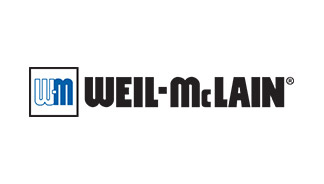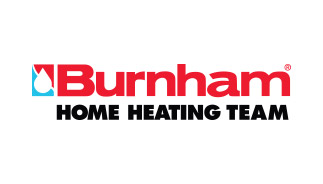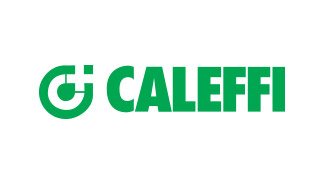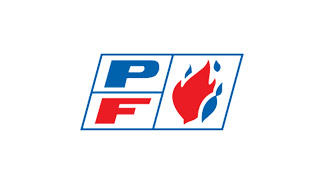Published on
January 18th, 2021Troubleshooting Boiler Relief Valve Leaks: Common Issues and Fixes
The relief valve on your property’s boiler is there for a serious reason: it releases steam and water if the pressure or temperature in the boiler increases too much. Without this feature, your boiler could exceed its parameters and cause extreme water damage or injure building workers. Let’s examine some common causes of problems with these valves as we discuss options for troubleshooting boiler leaks. A leaky boiler relief valve is always a sign of trouble.
Water Temperature Is Too High
Valve doing its job
In most instances, a leaking relief valve means there’s a problem with the valve itself, or with your boiler or plumbing system. However, if the boiler water temperature is too high, the valve may release water and/or steam that resembles a leak. In this case, the valve is actually doing the job it was intended to do, but the situation still needs to be remedied.
Fortunately, this is usually an easy fix: lower the temperature of the boiler. It’s a good idea to check this first any time you believe your relief valve is leaking.
Why? Because temperature and pressure are directly related. As any fluid increases in temperature, it becomes more dense and therefore more incompressible. Even minor temperature increases can then cause a serious pressure problem.
Valve Clogged by Debris or Other Material
Dangerous situation
A valve that becomes clogged by unwanted material is clearly not able to perform its intended function. If it is blocked, it cannot release water or steam as it should to reduce pressure in the boiler tank. Sometimes a leak will form as water tries to force its way around the blockage.
This is another issue to check for right away if your relief valve is leaking. If hard water is an issue, you may notice mineral scale on the valve components. Small amounts of buildup may be removed by using vinegar and a stiff cleaning brush, but heavy-duty scale may signal it’s time to replace the valve. Obviously, if the valve must be removed or replaced, you will have to shut down the boiler and its water source, and it’s time to call in your local boiler experts for assistance.
Sometimes we see building staff who have mistakenly covered a leaky relief valve, not understanding its vital function. This means there’s no means of relief for the boiler, and the covering must be removed immediately. Likewise, simply placing a bucket under a leaking valve or attaching a drain hose is ignoring the purpose of the valve; this isn’t something you should do to try and resolve the issue.
Improper Installation
Multiple opportunities for trouble
There are multiple ways improper boiler or relief valve installation can cause trouble with a leaky valve. While these situations should be caught with boiler inspections, occasionally we see things like the relief valve being located too far from the boiler tank or the valve being mounted so it cannot open fully.
If you have a leaky relief valve and your boiler is either newly installed or very old (perhaps you recently acquired the property), it’s worth having Calray double check the installation. Another scenario we have encountered is the valve being the wrong size for the boiler. In this instance, the spillage release capacity is too low for the rating of the boiler. This means the valve could potentially not release heat fast enough in an emergency, resulting in a boiler explosion. Even without an emergency, the too-low PSI differential could cause nuisance dripping.
A clogged or otherwise malfunctioning boiler relief valve is no longer able to do its job of protecting you and your property from a potential explosion. It may also subject your boiler to a shorter lifespan. Therefore, if you are not able to fix a leak with your relief valve, it’s essential to contact boiler experts immediately.
Call Calray Boilers at 212-722-5506, or use our easy online form to schedule an appointment right away. Don’t wait until you have an emergency on your hands! Reach out today.










